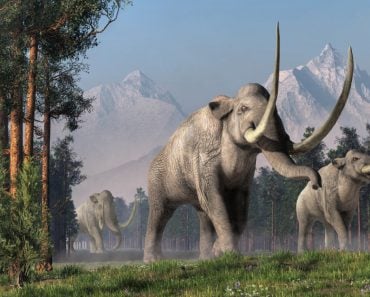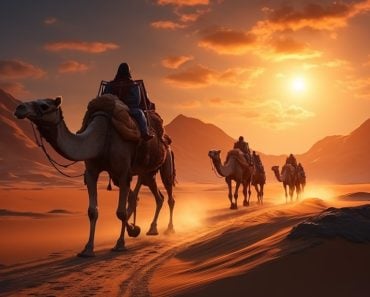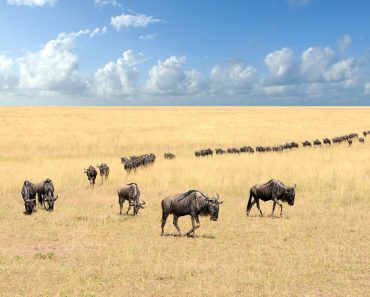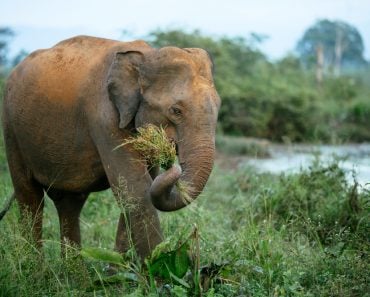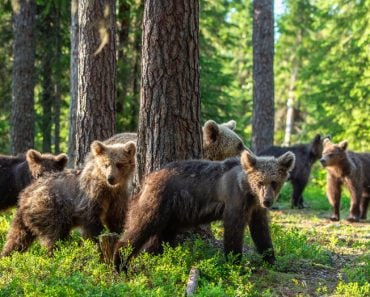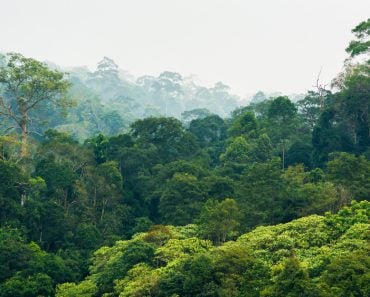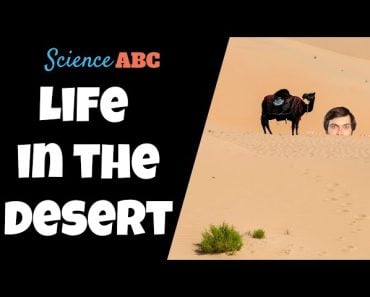Table of Contents (click to expand)
The Terai-Duar is a savanna grassland ecosystem at the foothills of the Himalayas. The region is the world’s tallest grassland, and accommodates animals like the Nilgai, Asian elephants, Greater one-horned rhinoceros and water buffalo.
Savannas have become synonymous with Africa, where large herbivores like zebras, antelopes, and giraffes graze, while carnivores like cheetahs and lions prowl in search of prey.
However, savanna grassland ecosystems are present all across the world. They are characterized by vast stretches of grassy land interspersed with limited trees.
In the foothills of the mighty Himalayas, savannas take on a distinctly different appearance than savannas anywhere else on the planet. This unique landmass is known as the Terai-Duars savanna and grassland. It covers around 35,000 km² of the alluvial plains in India, Nepal and Bhutan.
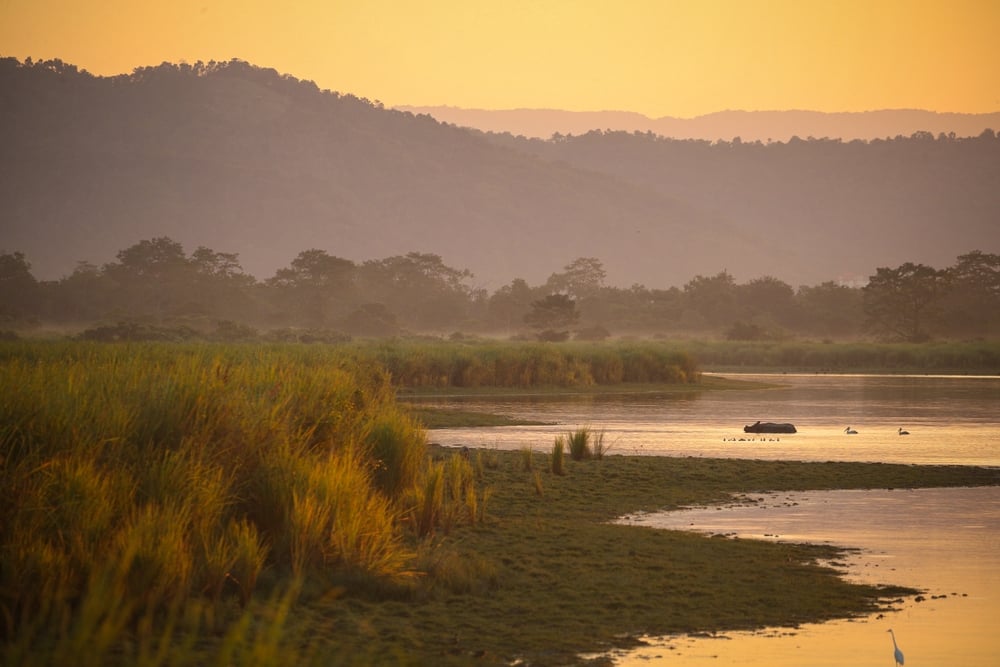
However, these grasslands have always been considered non-productive lands and have historically been converted to agricultural or plantation areas. The present alluvial grasslands of the Terai-Duars region represent the remnants of what was once an extensive savanna ecosystem.
Recommended Video for you:
Formation Of A Unique Habitat
This region was formed from the deposited silt from the Himalayan rivers and streams, including the Ganga, Brahmaputra and their tributaries. These rivers cascade down from the mountains of the Himalayas to the lowlands in the foothills. Huge silt loads that these rivers carry get deposited in the floodplains.
Over a million years, the Terai-Duars savanna has come into existence. Annual monsoon floods bring in new waves of silt deposition and recharge the soil’s nutrient content.
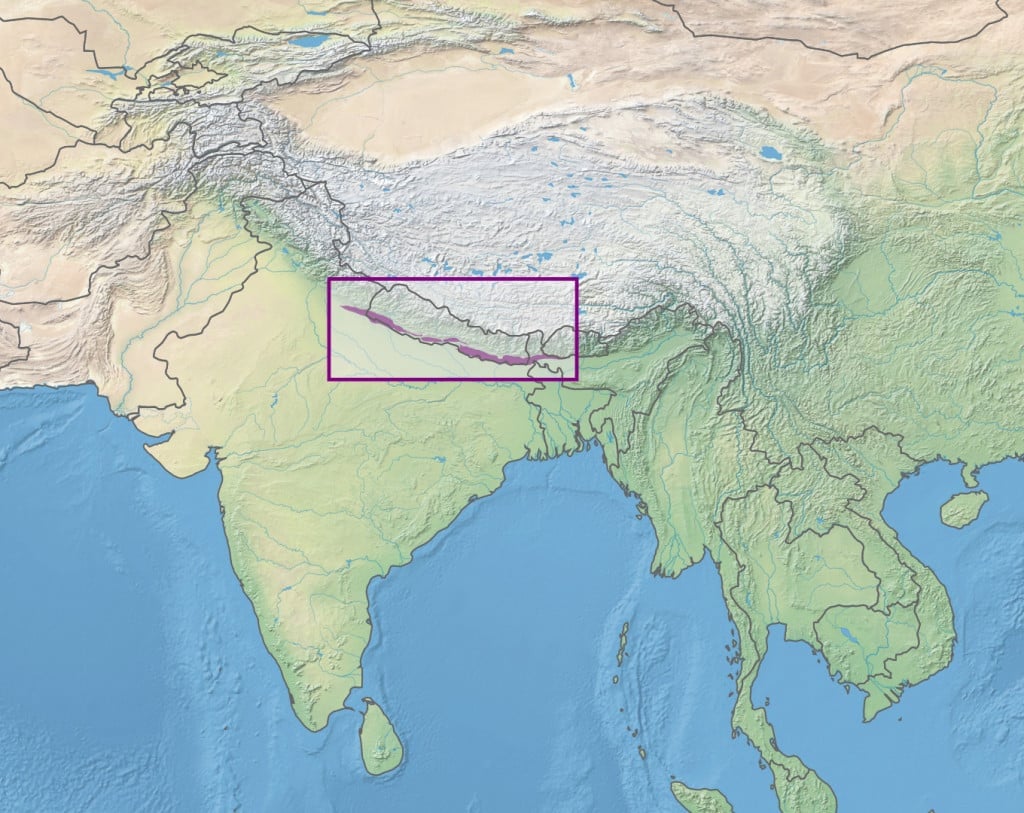
In the west, the Terai-Duars savanna starts from the Bhabar region in Uttarakhand and passes through the Indian states of Uttar Pradesh, Bihar, West Bengal, and Assam up to the Dhansiri River. Towards the north, it extends up to the Dang and Deukhuri valleys in Nepal.
River Teesta in West Bengal effectively divides the region into two unequal halves: the western part is called “Terai”, derived from the Urdu word tarai, meaning ‘lying at the foot of a watershed’, and the eastern part, which serves as the gateway to Bhutan and is known as ‘Duars’, which is Bengali for a door or gateway.
Situated in areas with lower elevations, this region experiences hot and humid summers, followed by cold and dry winters. Annual rainfall is around 3500 mm and occurs mainly due to the southwest monsoons.
Flora And Fauna Of Terai-Duars
The nutrient-rich soil and tropical climate have promoted the formation of the world’s tallest grasslands in this region. The region is composed of riverine grasslands, along with a grassland-forest mosaic. Together, they support one of the highest densities of hooved animals on the planet, including deer, antelopes and rhinos.
Two species of grasses, locally known as kans and baruwa, dominate the tall grasslands. As one moves farther from the rivers, tall grasses gradually give way to shorter grasses. Eventually, the grasses blend with the naturally occurring sal forests in the foothills of the Himalayas.
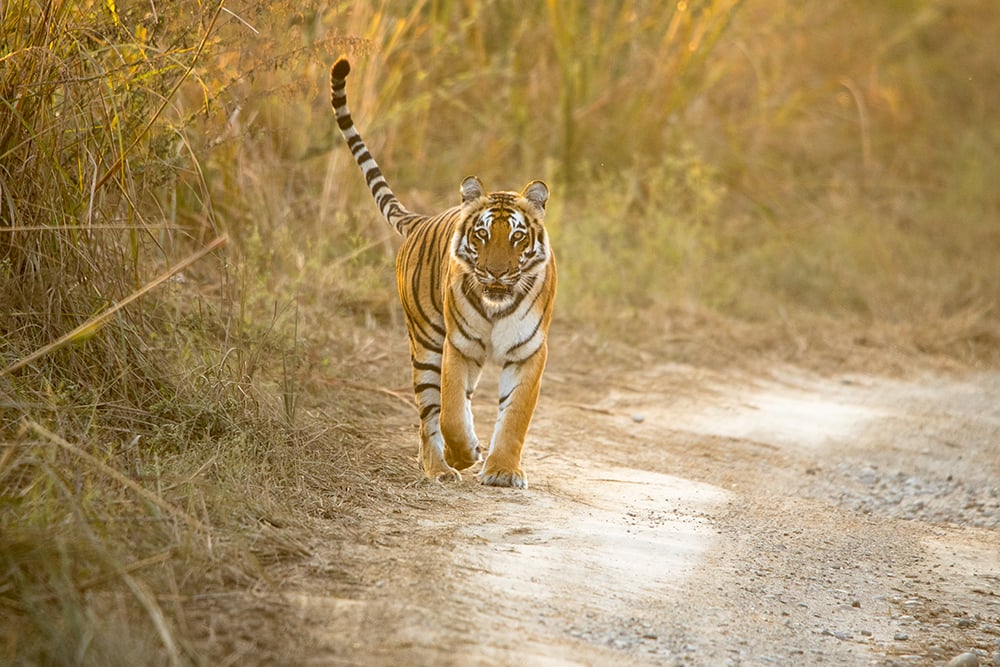
This assemblage of tall and short grasses, trees, marshes, water bodies, and rivers gives refuge to a huge number of herbivorous and carnivorous species. Five major deer species of Asia—Indian hog deer, Swamp deer, Sambar, Indian muntjac and Chital—roam the Terai-Duars grasslands. These floodplains are also home to four large-bodied herbivores on the continent, namely, Nilgai, Asian elephants, Greater one-horned rhinoceros, and Gaur. Some of the grassland areas also act as one of the last few refuges for the endangered Wild water buffalo.
Such an extravagant assembly of prey species encourages the presence of predators like the Bengal tiger, Indian leopard and Clouded leopard.
The region harbors the highest densities of tigers and rhinos in Asia. The Terai-Duars grassland ecosystem acts as one of the last refuges of many globally threatened species, such as the Pygmy hog, Hispid hare, Bengal florican, and Gharial.
Terai-Duars And The Age Of Humans
Currently, only 2% of the grassland cover is left on the Indian subcontinent. The World Wildlife Fund has declared this ecosystem as endangered. Illegal logging, poaching, land conversion, overgrazing by livestock, and the diversion of rivers and streams are the major threats to this landscape.
To conserve the last remaining Terai vegetation in the area, India and Nepal jointly launched a program called the Terai Arc Landscape (TAL), including a total of 14 protected areas from both countries.
One of the most famous and significant protected areas in Nepal is Chitwan National Park. It once served as the royal hunting grounds of Nepal’s emperor. Chitwan National Park, Parsa Wildlife Reserve and Valmiki National Park form the most important tiger conservation network in Nepal.
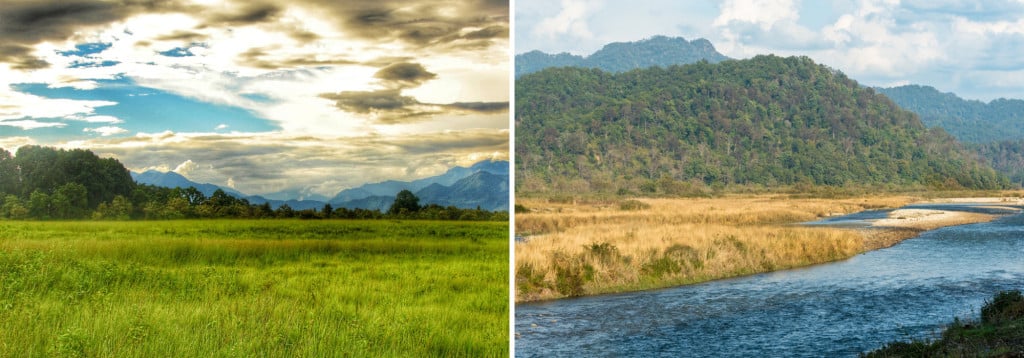
On the Indian side of the landscape, the most significant protected area is the Dudhwa Tiger Reserve, which is composed of Dudhwa National Park, Kataraniaghat Wildlife Sanctuary, and Kishanpur Wildlife Sanctuary. Krishnapur Sanctuary is contiguous with the Suklaphanta National Park in Nepal, creating a transboundary protected area network between India and Nepal. In India, the Terai-Duars savanna is part of the Manas National Park, a UNESCO World Heritage Site.
However, the declared protected areas are insufficient to conserve this unique yet heavily threatened ecosystem. Immediate action is necessary to better understand the ecology of these grasslands, which will help to protect the remnants of this once widespread and currently endangered ecosystem.
References (click to expand)
- J Ratnam. (2011) When is a 'forest' a savanna, and why does it matter?.
- NB Peet. (1999) Plant diversity in the threatened sub-tropical grasslands of ....
- DM Olson. (2002) The Global 200: Priority Ecoregions for Global Conservation.
- Present Status of Terai and Duars Region Biodiversity.
- https://www.sciencedirect.com/science/article/abs/pii/B9780124095489120585?via%3Dihub
- E Wikramanayake. (2010) The Terai Arc Landscape: A Tiger Conservation Success ....

